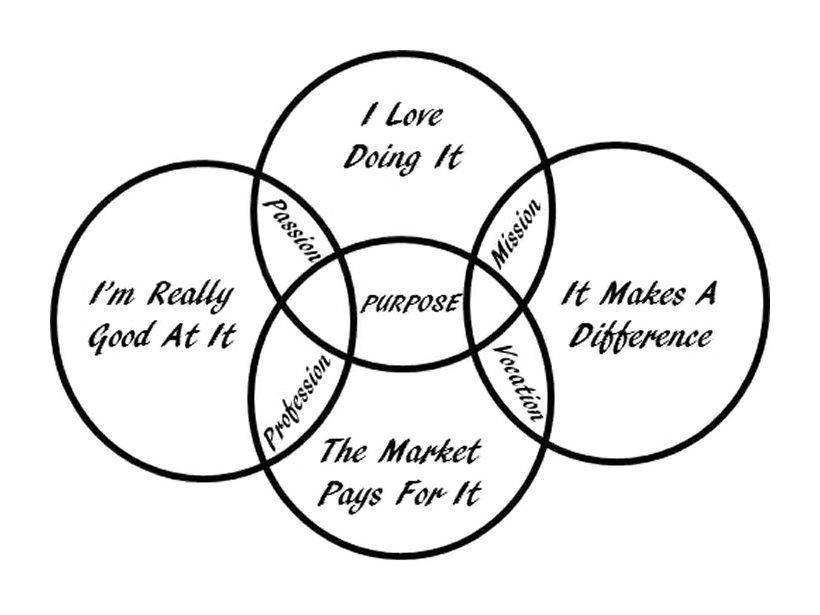Career transitions are challenging enough. We make them more challenging when we think common myths are realities—the way things really are.
Believing these myths can get in our way of landing a new job we love. Or, we can find new ways to think about them so they don’t get in our way.
Myth #1: 80% to 90% of jobs are never advertised.
Most job seekers are told to spend 80% to 90% of their time networking to find these hidden jobs. This advice comes with a warning to spend no more than 10% to 20% of their job search time online.
The myth of the “hidden job market” dates back to the 1970s. Hmmm. Have you noticed the world has changed since then? If it were ever true, the belief that only 10% to 20% of jobs are advertised is long overdue for extinction.
Sure, networking to arrange introductions is a great way to land a job. But job seekers who don’t use online channels to generate interviews and offers are missing powerful ways to land their next jobs.
Myth #2: Applicant Tracking Systems (ATSs) are black holes that block your resume from being seen by human eyes.
Data from LinkedIn and SilkRoad suggest that companies find at least 40% of their new hires through online channels. I believe this is low and growing exponentially.
There are many tips and tricks for completing online applications to reduce the likelihood of being screened out and sucked into the black hole of oblivion. Common advice is to take all formatting elements out of our resume (e.g., shading and charts) so it can be read by an ATS. I don’t believe formatting has been an obstacle for the resumes I and many of my clients have submitted.
Methods that worked for me include:
- Combining multiple positions in the same company as a single entry
- Adjusting the placement of information parsed from my resume so that it’s in the right places on the application
- Bringing attention to my application by connecting on LinkedIn with someone in the hiring chain and/or HR
- Rejecting automated rejections as definitive rejections. It’s not uncommon to advance in a screening process after receiving an automated “thanks, but no thanks.” The more interested you are in the company or opportunity, the more important it is to keep pursuing it.
Myth #3: Companies post jobs because they have to; not because they intend to hire this way. Besides, many posted jobs are already filled.
Skeptics argue that companies post jobs because the Equal Employment Opportunity Commission (EEOC) requires them to. A well-known EEOC law prohibits discrimination in hiring based on race, color, religion, gender identity, national origin, age (40 or older), disability, or genetic information. To comply with this law, some employers (e.g., government and government contractors) advertise and use applicant tracking systems to capture statistics for all job openings. But these are employer policies, not legal requirements.
I’m sure some jobs are already filled when they’re posted. But I don’t believe hundreds of thousands of jobs are posted just for the heck of it.
Myth #4: You can’t get hired at age 50+/-.
Sure, ageism exists in some hiring practices. But it’s NOT a universal truth. I was offered several jobs in my 50s, as were numerous people in my network.
How you think about your age will determine how you go about your search and become a self-fulfilling prophecy. If you perceive your age as a barrier, it will be. If you perceive your age as a non-issue, it will be.
If you believe your age is a barrier to being hired, it probably will be. If you don’t view your age as a barrier, it’s less likely to be one.
Myth #5: Hiring stops or slows down during summer and holidays, so it’s a good time to take a break.
I found new jobs to apply for 7 days a week, all year round. And, because many job seekers believe this myth, there was less competition for jobs during periods assumed to be slow.
Companies that have a July 1 to June 30 fiscal year have new hiring budgets during July and August. Many companies that have a January 1 to December 31 fiscal year recruit in fourth quarter so they have new hires in place when the year begins.
The last two weeks in December were the only weeks I found fewer job postings—but I still found some good ones!
Read Losing Your Job & Finding Yourself to learn more about conquering these myths and other career transition challenges.








